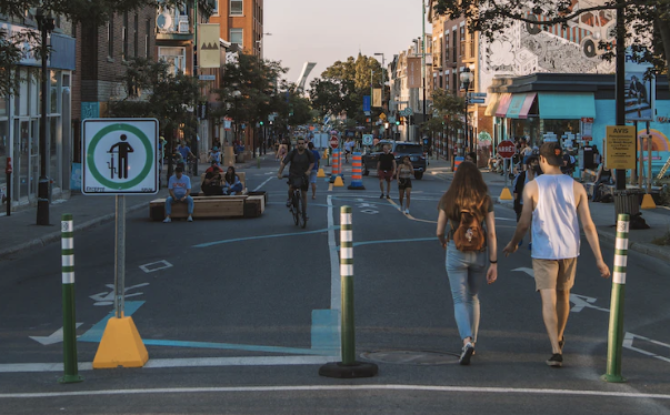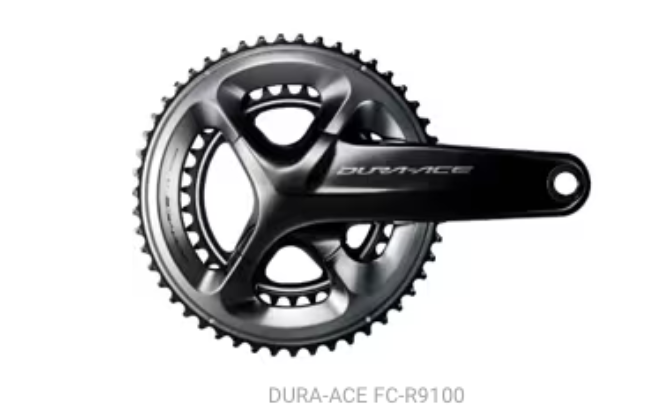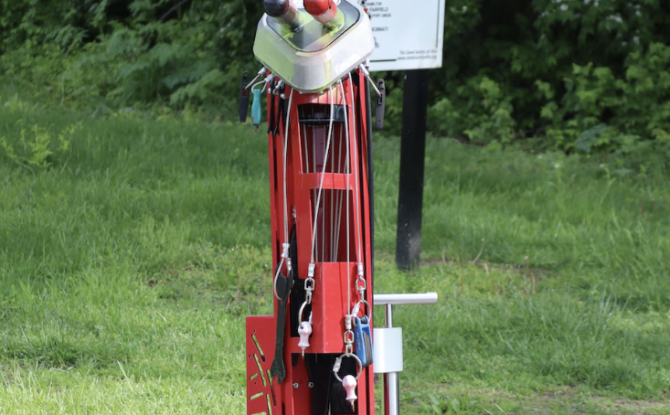From Road.cc
A rear light is a legal requirement when cycling at night, and using one that’s brighter than the legal minimum seems like a sensible way of helping drivers see you — or at least defanging ‘but I didn’t see them’ excuses. The best bike rear lights have long run-times, can be seen from a good distance, and are sufficiently tough and waterproof to fend off day-to-day abuse.
Cycling rear lights universally use one or more red light-emitting diodes (LEDs) to generate their light. LEDs are very efficient, putting out lots of light for modest electrical power, which makes them cheap to run but effective at boosting visibility. Most rear bike lights are now rechargeable, taking power from a USB source like a standalone charger or your office computer. Battery-powered lights are still available and have their adherents who appreciate being able to revive a dead light at any filling station or corner shop.
A flashing red light says ‘bike’ to most drivers; we recommend using a constant light as well so your position can be easily followed. It can be hard to track the position of a flasher on an otherwise unlit minor road. Rear bike lights are increasingly intended as day-time safety lights too, with super-bright flash or pulse modes designed to be impossible for drivers to ignore. They can be very annoying to other riders though; please use them only when necessary.











